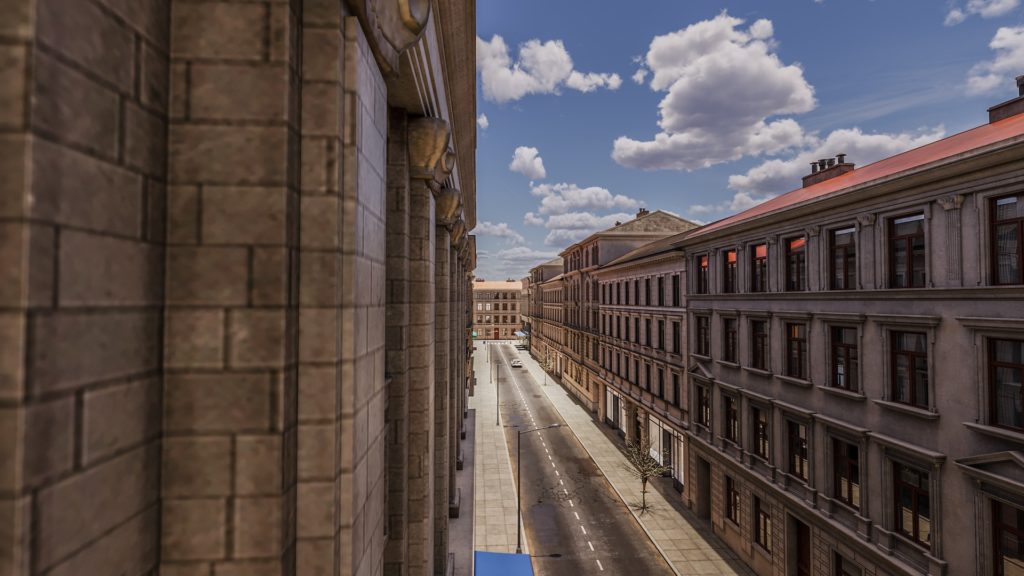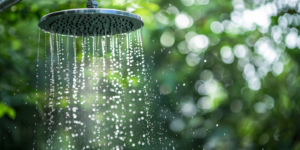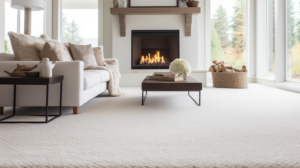When it comes to maintaining your home’s exterior, the siding is crucial. This is because it protects the structure from the elements. It also enhances its curb appeal. Over time, siding can deteriorate and detract from the beauty of your home. Knowing when to replace your home’s exterior siding can save you. Here are five signs that state you should contact a professional to replace your home’s exterior siding immediately.
1. Visible Damage or Decay
One of the most obvious signs that a home’s exterior siding needs to be replaced is visible damage or decay. Check the siding for cracks, holes, warping, or rotting. These issues show that the siding no longer provides adequate protection. Damaged siding can allow moisture to seep into your home. This leads to further structural damage and potential health hazards like mold growth.
2. Increased Energy Bills
If you’ve noticed a sudden increase in energy bills, your home’s exterior siding could be to blame. Old or damaged siding loses its insulation properties. This allows heat or cold air to escape your home. Your HVAC system works harder to maintain a comfortable indoor temperature. It leads to higher energy consumption and increased costs. Replacing your siding with newer can help lower your monthly utility bills.
3. Fading or Peeling Paint
Exterior siding that exhibits fading or peeling paint is an eyesore. It’s a sign of potential underlying problems. Over time, exposure to sunlight, and rain, can cause the paint on your siding to deteriorate. If repainting your home’s exterior, it may be time to replace the siding. New siding materials offer improved durability and resistance to fading. They ensure a long-lasting and vibrant appearance.
4. Mold or Mildew Growth
The presence of mold or mildew on your home’s exterior siding is a red flag you should not ignore. Moisture trapped within the siding can create a breeding ground for these fungi. Mold and mildew damage the siding’s integrity and pose health risks to you and your family. Suppose you notice any signs of mold or mildew growth on your siding; it’s crucial to address the issue. You can do this by implementing measures to prevent future moisture buildup.
5. Increased Noise Levels
If outside noise is loud inside your home, your siding is no longer protecting against sound. Wear and can cause the siding to lose its sound-dampening qualities. Elevating your siding to a more sound-absorbent material can reduce the intrusion of outside noise. This provides a more peaceful and comfortable living environment.
Understanding the signs that your home’s exterior siding needs replacement is essential for maintaining the aesthetics of your property. Visible damage, increased energy bills, fading or peeling paint, mold growth, and increased noise levels indicate that your siding requires attention. If you notice any of these signs, it’s advisable to consult a professional. Find a professional siding contractor who can recommend the best course of action. Investing in new siding enhances your home’s curb appeal and ensures the long-term protection and comfort of your living space. In regions like the Bay Area, considering local conditions and trends is crucial, and opting for Bay Area siding solutions can provide tailored benefits, ensuring your home not only looks great but also withstands local environmental challenges effectively.



